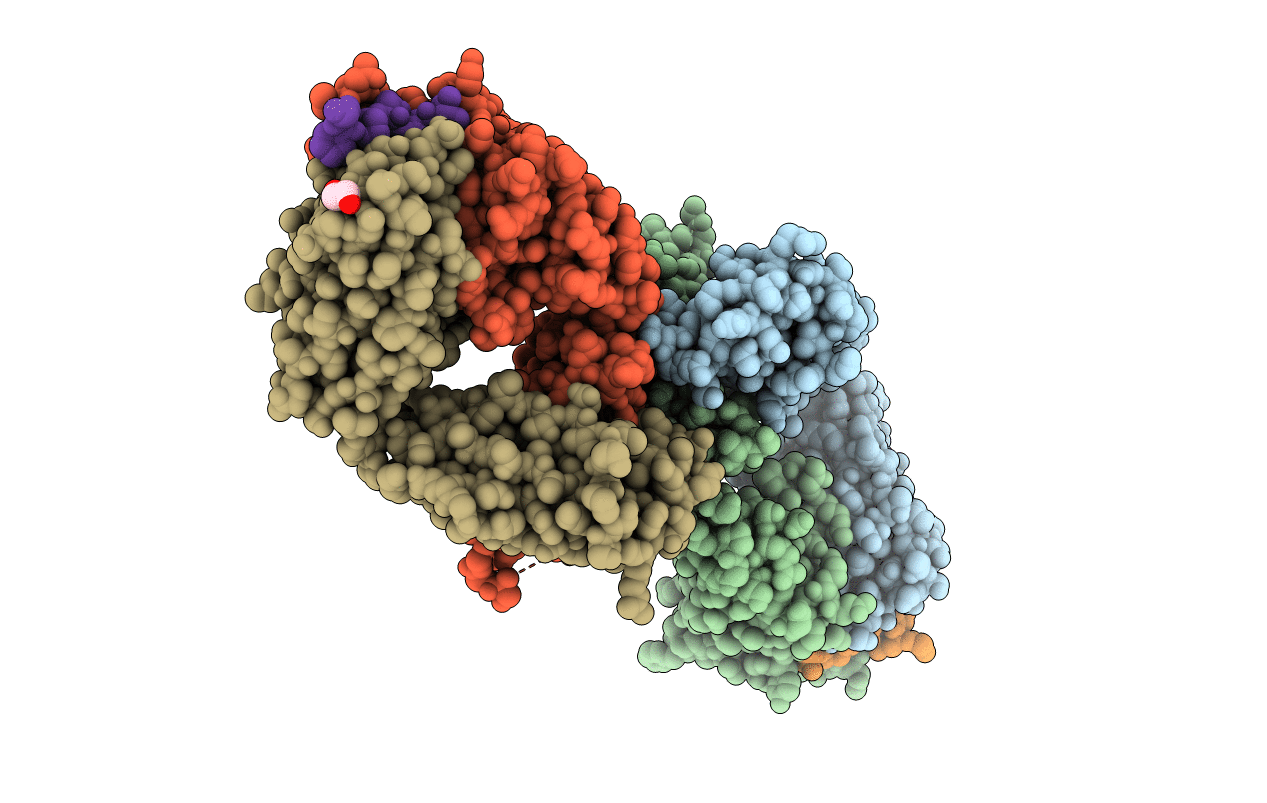
Deposition Date
2019-06-14
Release Date
2020-03-04
Last Version Date
2024-10-23
Entry Detail
Biological Source:
Source Organism:
Homo sapiens (Taxon ID: 9606)
Plasmodium falciparum 3D7 (Taxon ID: 36329)
Plasmodium falciparum 3D7 (Taxon ID: 36329)
Host Organism:
Method Details:
Experimental Method:
Resolution:
1.57 Å
R-Value Free:
0.21
R-Value Work:
0.17
R-Value Observed:
0.17
Space Group:
P 1


